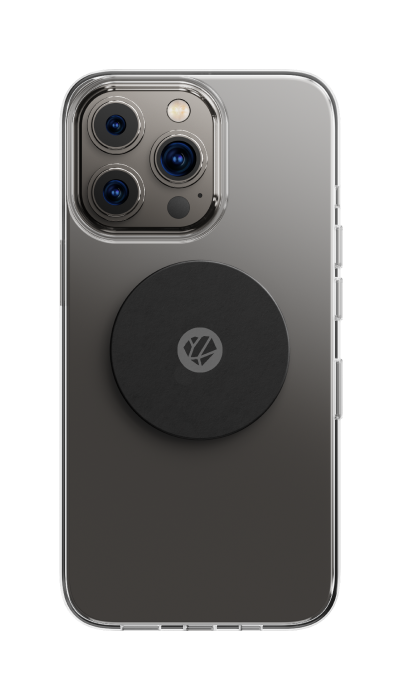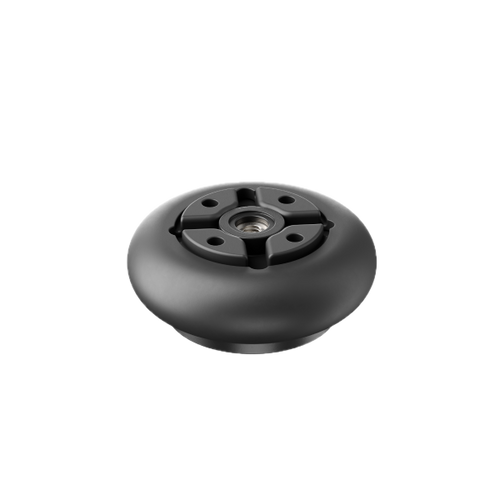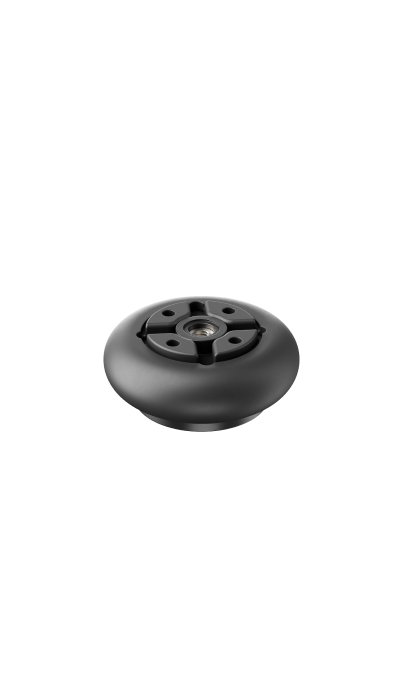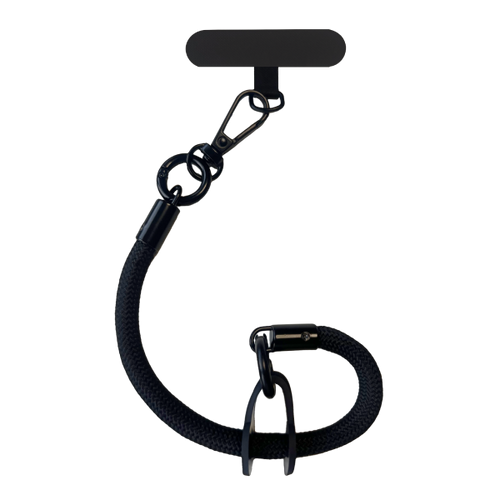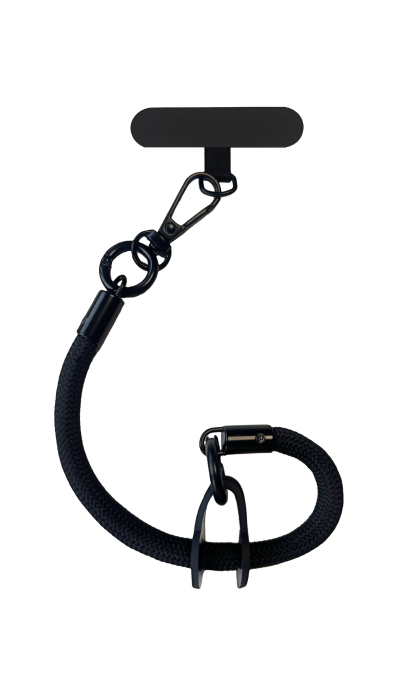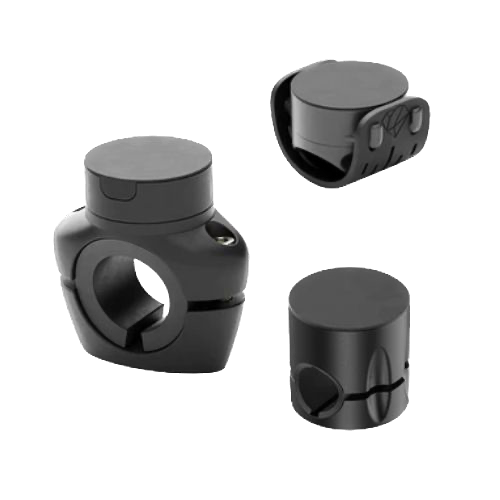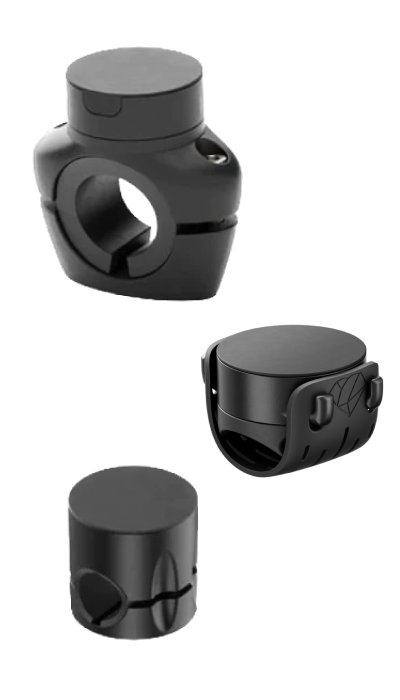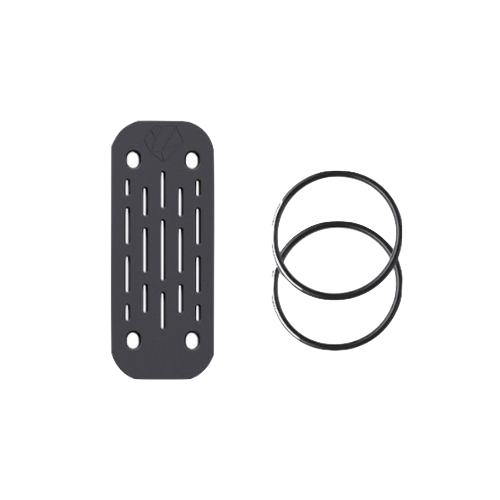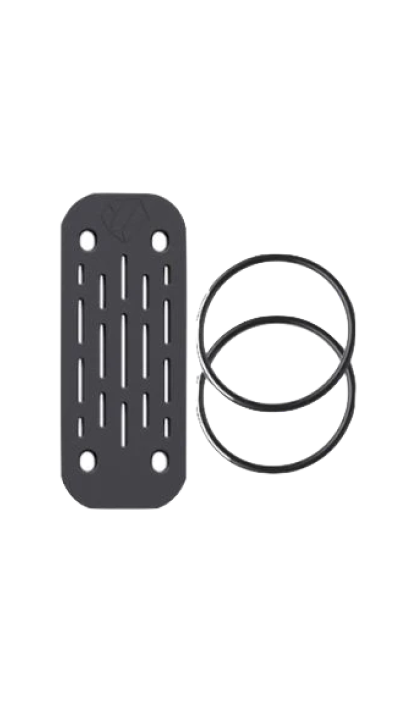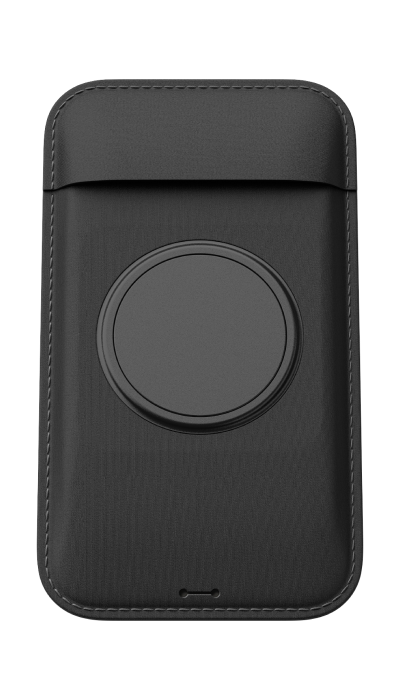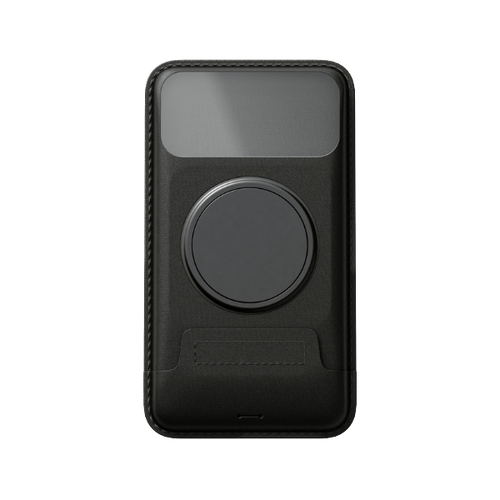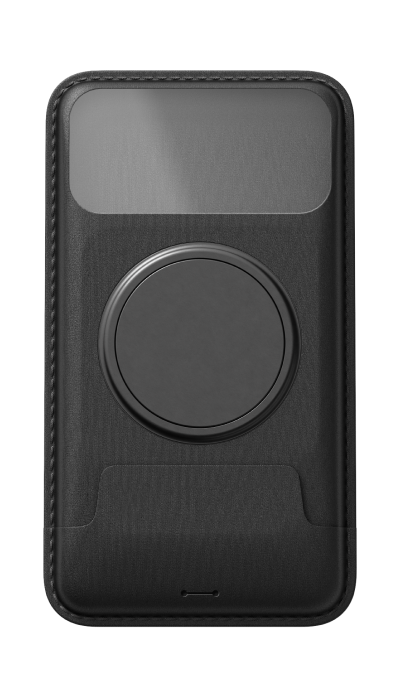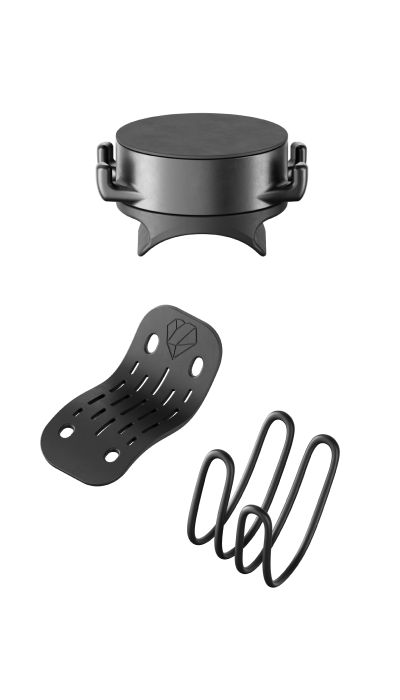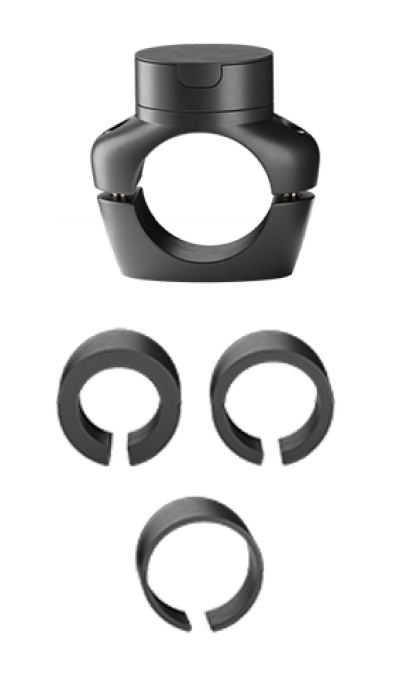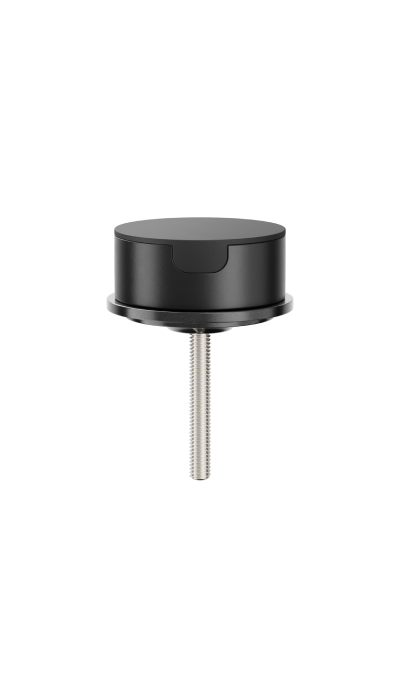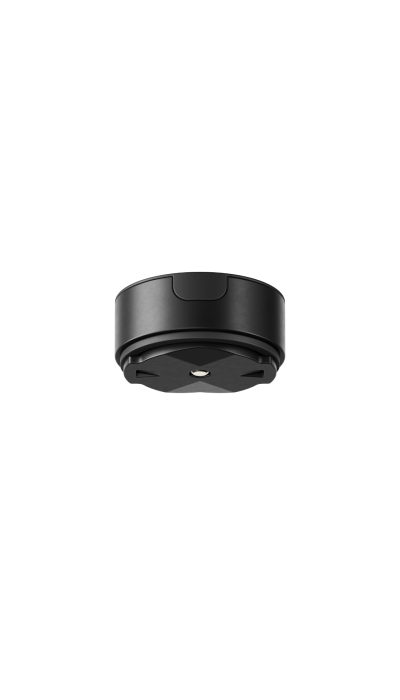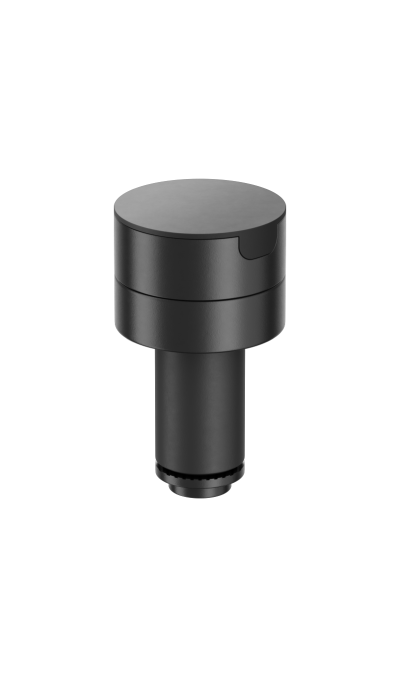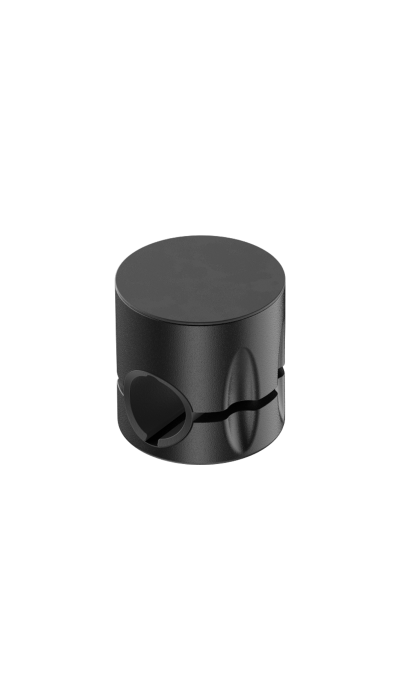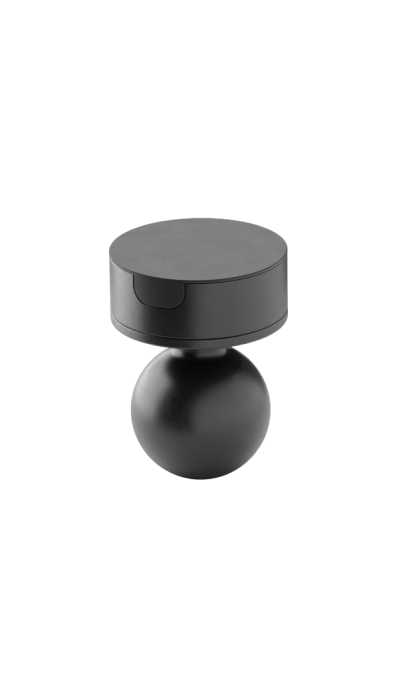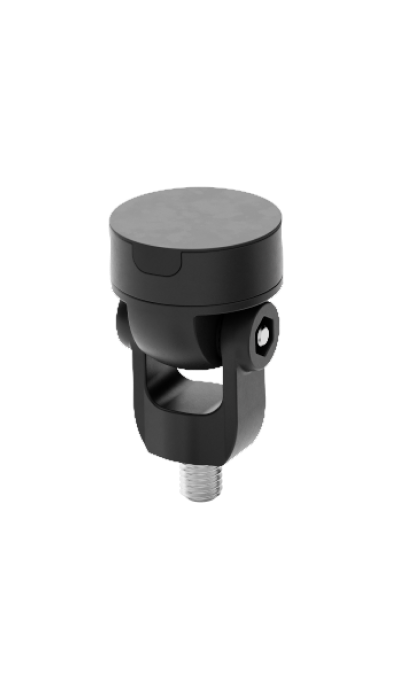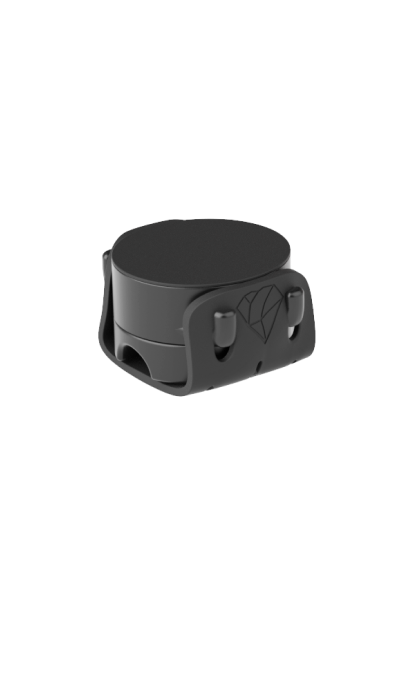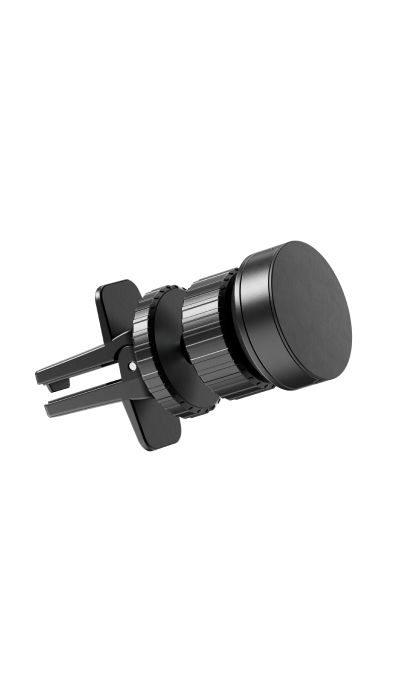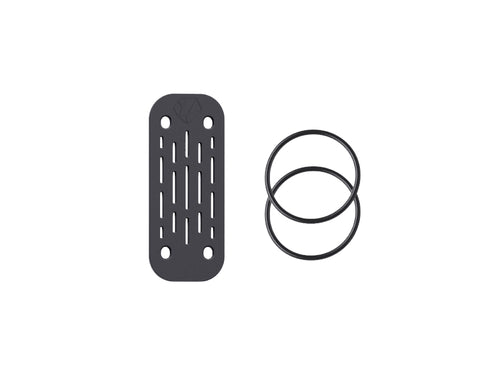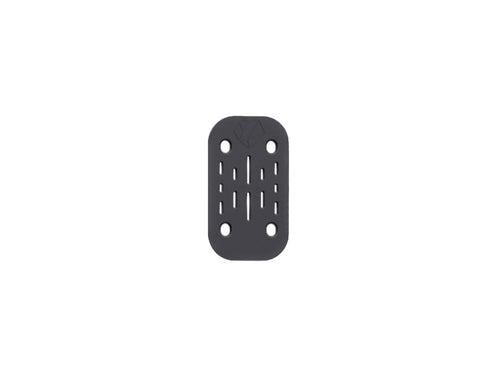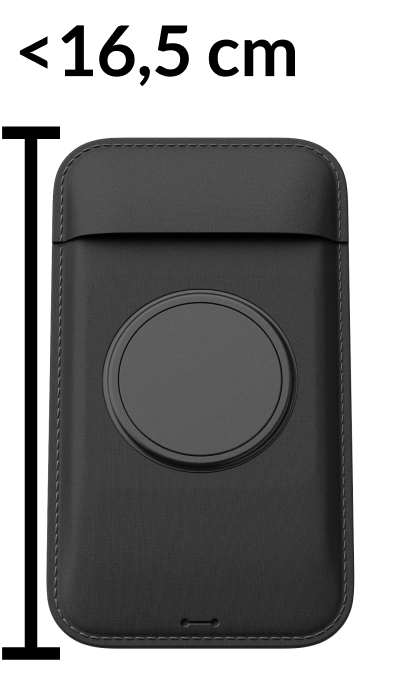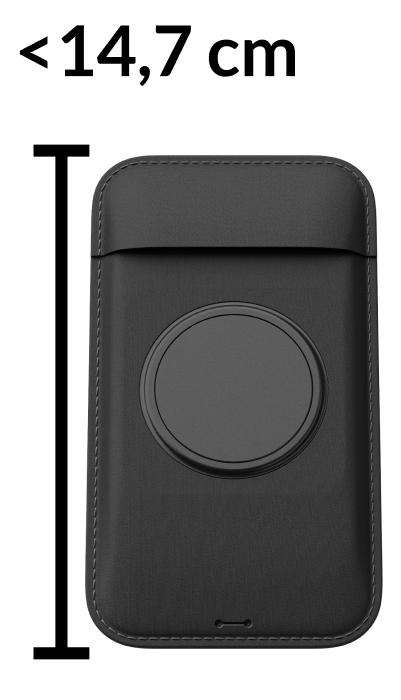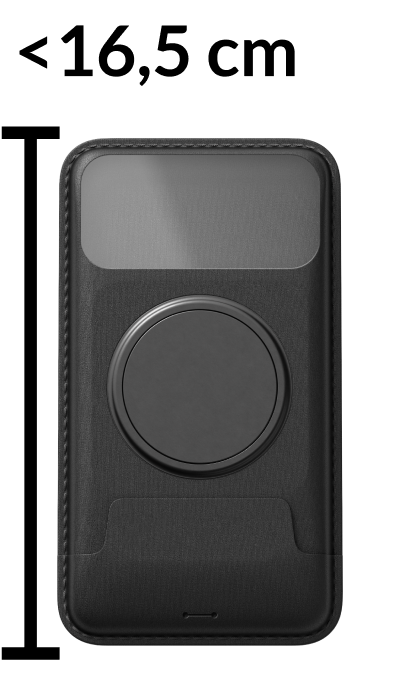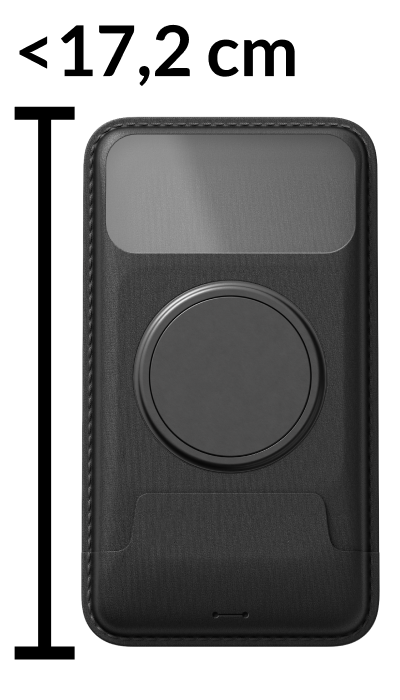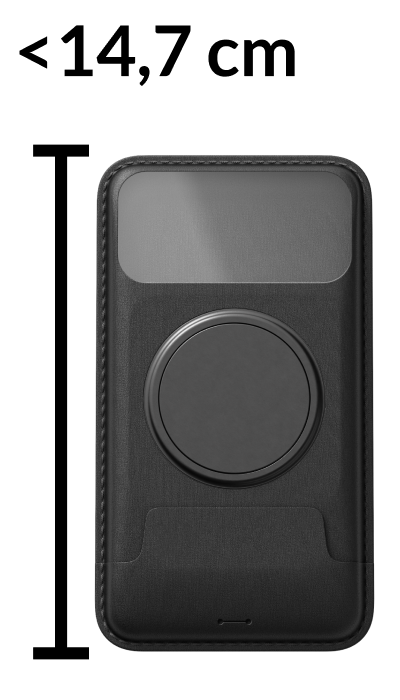Adjusting your bike saddle may seem trivial, but it’s a crucial step for ensuring comfort and optimizing performance. An improperly adjusted saddle can cause back pain, knee pain, and even affect your enjoyment of riding. Whether you’re a casual or seasoned cyclist, learn how to adjust your saddle to avoid discomfort and fully enjoy your rides.
Explanation
Why is Saddle Adjustment So Important?
An improperly adjusted bike saddle is not only uncomfortable but can also cause long-term injuries.
Poor positioning can lead to pain in the lower back, knees, and even hips. Additionally, it can decrease your pedaling efficiency, costing you up to 5% of your power… meaning you have to exert more effort to ride at the same speed.
Correctly adjusting your saddle helps maintain proper posture, reduce fatigue, and improve overall performance.
Step 1
Adjust Saddle Height
Setting the saddle height is the first adjustment to make. There are several methods to determine the ideal height. The first and simplest, though least precise, is to sit on the saddle, place your heel on the pedal at the bottom of the pedal stroke, and adjust the saddle height so that the leg is almost fully extended, with a slight bend in the knee.
This position helps minimize joint pressure and maximize pedaling power. Try different heights to find what suits you best.
Step 2
Adjust the Tilt
A saddle tilted too far forward or backward can cause pain in the hands, wrists, and even shoulders. The most universal position is horizontal, which offers versatility whether you’re used to short or long rides with varying inclines. To check your saddle’s tilt, you can use a spirit level.
Speaking of versatility, Shapeheart phone mounts for bikes are also suited to all types of trips and fit most bikes.
Step 3
Adjust Saddle Setback
The saddle setback, or its position relative to the handlebars, should be adjusted based on your body shape and riding style. To check the correct setback, sit on the saddle with the pedals horizontal. Your front knee should align with the axle of the front pedal. This adjustment ensures good posture and reduces muscle fatigue. To check this alignment, you can use a plumb line or ask a friend to check your posture.
You can move the saddle forward a few millimeters to gain more power on climbs if you frequently tackle hills. Conversely, to enhance comfort at the bottom of the pedal stroke and pedal more smoothly uphill, you can move the saddle back a few millimeters.
After making these adjustments, ride a few kilometers to assess your position, and feel free to adjust the saddle height, tilt, and setback as needed. Sometimes, small tweaks can make a big difference in your comfort. And there you have it—a well-adjusted saddle, your Shapeheart mount on the handlebars, and nothing will stop you!









